From prehistoric times, humans have watched the flight of
birds longed to imitate them, but lack the power to do so.
During the 1500s Leonardo da Vinci filled pages of his notebooks with
sketches of proposed flying machines. But most of his ideas were flawed because he clung to the idea of
birdlike wings. The quest for human flight led some practitioners in another direction.
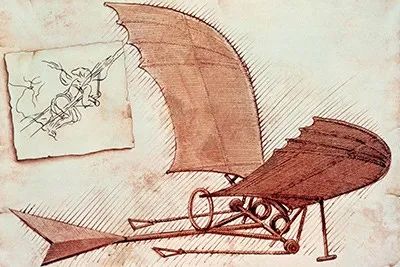
Flying Machine by Leonardo da
Vinci
In
1987, the first manned hot air balloon crafted by Joseph and Etienne Montgolfier, flew for twenty-three
minutes.
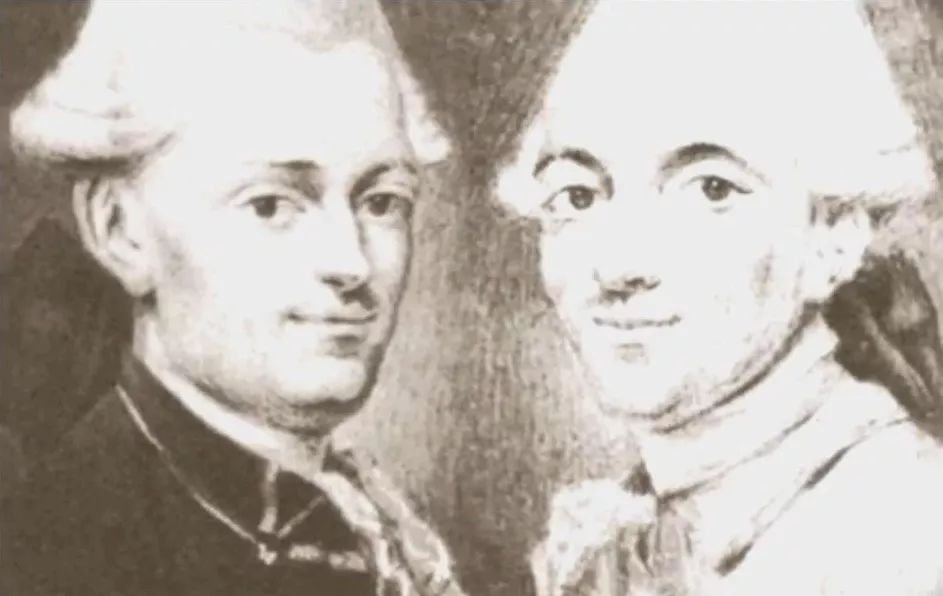
Joseph and Etienne Montgolfier
Ten
days later, Professor Jacques Charles flew the first gas balloon. Balloons solved the problem of lift, but
that was only one of the problems of human flight. The ability to control speed and direction eluded
balloonists. The solution to that problem lay in a child's familiar to the east for two thousand years, but
not introduced to the West until the thirteenth century - the kite.
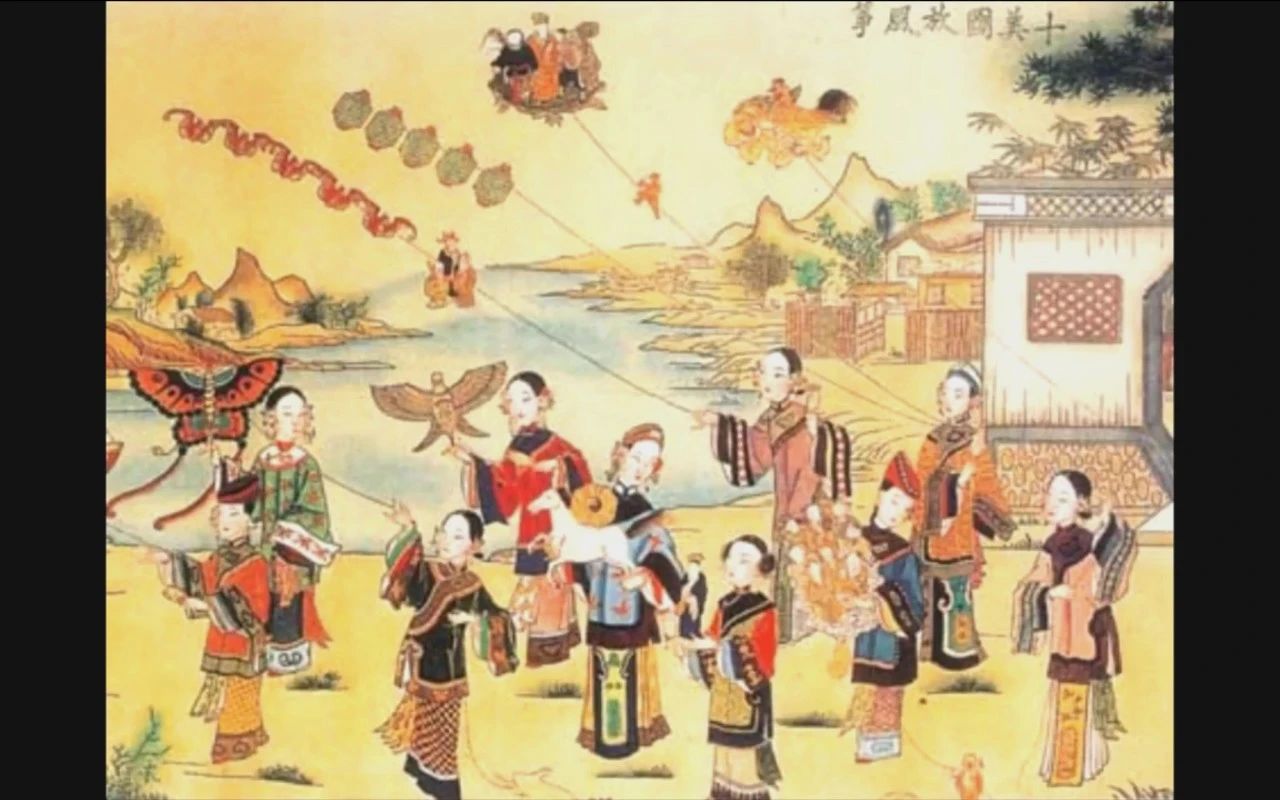
The Kite
The
bicycle building Wright Brothers of Dayton, Ohio, had experimented for four years with kites, their homemade
wind tunnel, and different engines to power there by plane.
By
the afternoon of December, seventeenth the Wright brothers had flown a total of ninety-eight seconds on four
flights. The age of flight had arrived.
Wright Brothers: First Flight
During the early years of manned flight, aviation was a free for all because no
government body was in place to establish policies or regulate and enforce safety standards. On May
Twentieth,1926 Congress passed the Air Commerce Act, which served as the cornerstone for aviation within the
United States.
This legislation was supported by leaders in the aviation industry who felt that
the airplane could not reach its full potential without assistance from the federal government in improving
safety. Equally important for safety was the establishment of a system of certification for
aircraft.
First Airworthiness
Cert.
On
May 29th, 1927, The Aeronautics Branchissued Aircraft Type Certificate No. 1 to the Buhl Airster CA-3 (also
known as the J4 Airster after its Wright J4 engine), a three-place open biplane.
Buhl Airster CA-3
Type Cert.
In
1938, The Civil Aeronautics Act transferred the civil aviation responsibilities to a newly created
independent body named the Civil Aeronautics Authority (CAA).
CAA - Civil Aviation Authority
FAA - Federal Aviation
Administration
By
mid-century, air traffic had increased and jet aircraft had been introduced into the civil aviation area. A
series of midair collisions underlined the need for more regulation of the aviation industry.
The
Federal Aviation Act of 1958established a new independent body that assumed the roles of
the CIA and transferred the Rulemaking Authority to the newly
created Federal Aviation Agency.
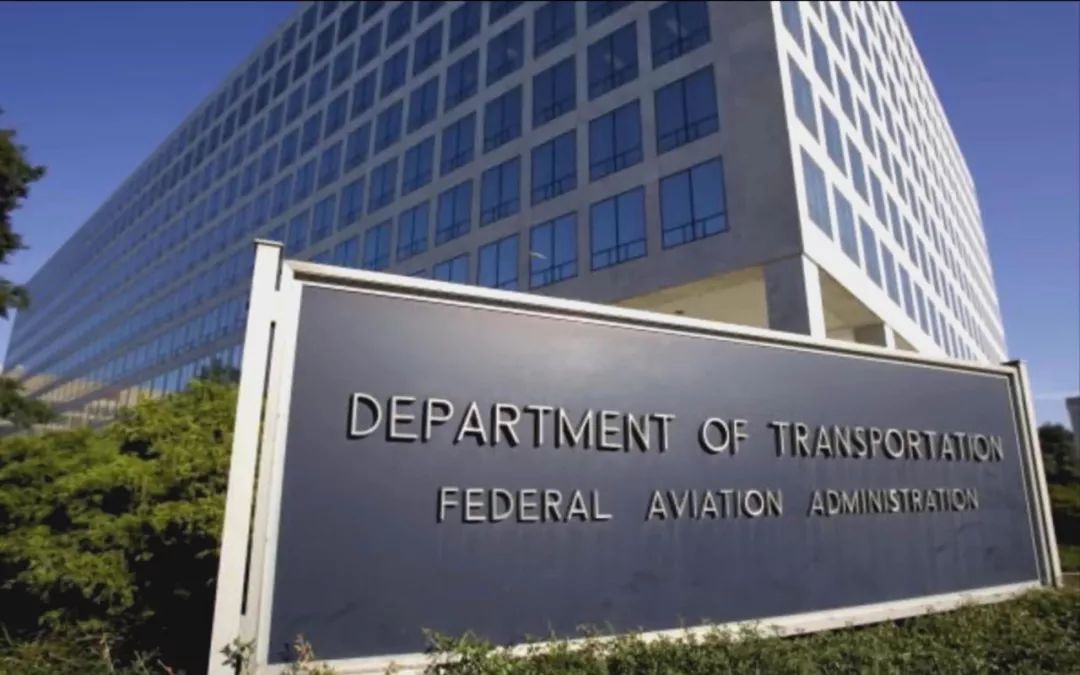
Shortly after the Federal Aviation Agency was renamed to the Federal
Aviation Administration. The FAA is empowered by regulations to promote aviation safety and
establish safety standards for civil aviation. The FAA achieves these objectives under the Code of federal
regulations (CFR), which is the codification of the general and permanent rules published
by the executive departments and agencies of the United States Government.
DOT - Department of Transportation 运输部
CFR - Code of Federal Regulations 联邦规章代码
The
regulations are divided into fifty different codes, called Titles that represent broad areas
subject to federal regulation. FAA regulations are listed under Title 14 - Aeronautics and
space, which encompasses all aspects of civil aviation from how to earn a pilot certificate to
the maintenance of an aircraft.

Overview of 14 CFR, Figure
1-12, PHAK
Title 14 CFR Chapter 1 Federal Aviation Administration is broken down into
Subchapters A through N, as illustrated in the figure for the pilot.
Certainparts of 14 CFR are more relevant than
others during flight training. It is helpful for the pilot to become familiar with the parts and sub-parts
that relate to flight training and pilot certification.
For
instance, 14 CFR Part 61 pertains to the certification of pilots, flight instructors and ground instructors.
It also defines the eligibility aeronautical knowledge flight proficiency, as well as training and testing
requirements for each type of pilot certificate issued.
14
CFR Part 91 provides guidance in the areas of general flight rules.Visual
flight rules (VFR) and instrument flight rules (IFR).
While 14 CFR 43 covers aircraft maintenance, preventive maintenance, rebuilding,
and alterations. The FAA in concert with other government agencies orchestrates the publication and changes
to publications that are key to save flight. In addition to the regulations provided online by the FAA,
several other publications are available to the user. Almost all reference material is an available online
and downloadable format.
VFR - Visual Flight Rules 目视飞行规则
IFR - Instrument Flight Rules 仪表飞行规则
AIM - Aeronautical Information
Manual
The
Aeronautical Information manual, AIM, is the official guide to basic flight information and ATC procedures
for the aviation communication flying in the national airspace system of the United States.

The AIM also contains information of interest to pilots such as health
and medical facts, flight safety, a pilot controller, glossary of terms used in the system and
information on safety accidents and reporting of hazards.
AIM - Aeronautical Information Manual 航空情报资料手册
Handbooks are developed to provide specific information about a particular topic
that enhances training or understanding. The FAA publishes a variety of handbooks that generally fall into
three categories Aircraft, aviation examiners(CFI), and inspectors.
CFI - Certified Flight Instructor 认证飞行教员
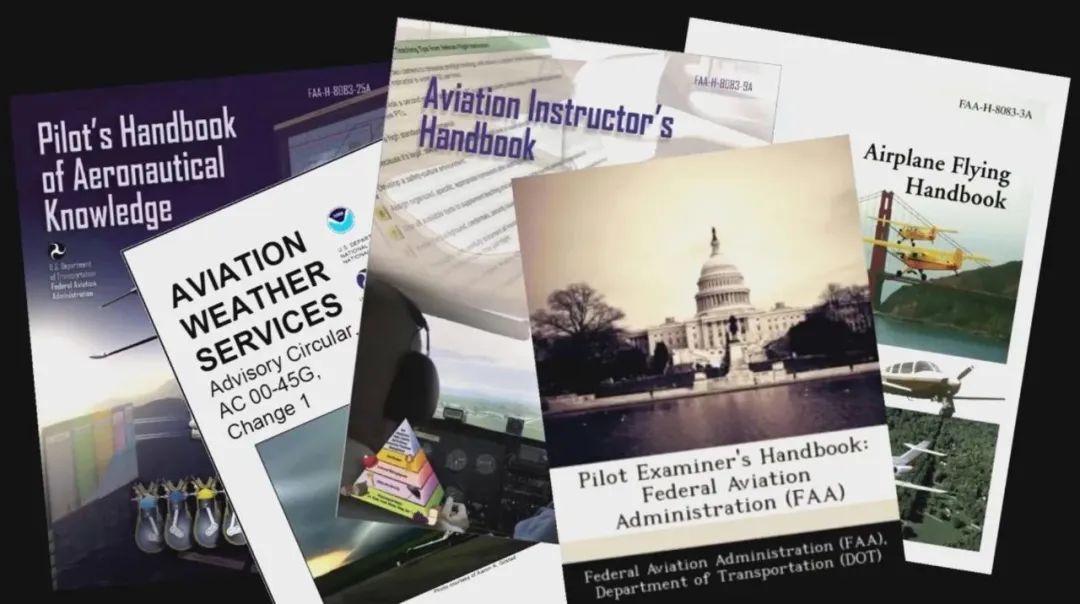
We will learnPilot Handbook of Aeronautic Knowledge(PHAK)
and Airplane Flying Handbook(AFH). Two books download
available on faa.gov or BUAACFC Wechat official account(send "PHAK" or
"AFH" to get correspond document in PDF format.
关注BUAACFC公众号后台回复“PHAK”或“AFH”
Aircraft flight manuals commonly called pilot
operating handbooks (POH) are documents developed by the airplane manufacturer
approved by the FAA and are specific to a particular make and model aircraft by serial number.
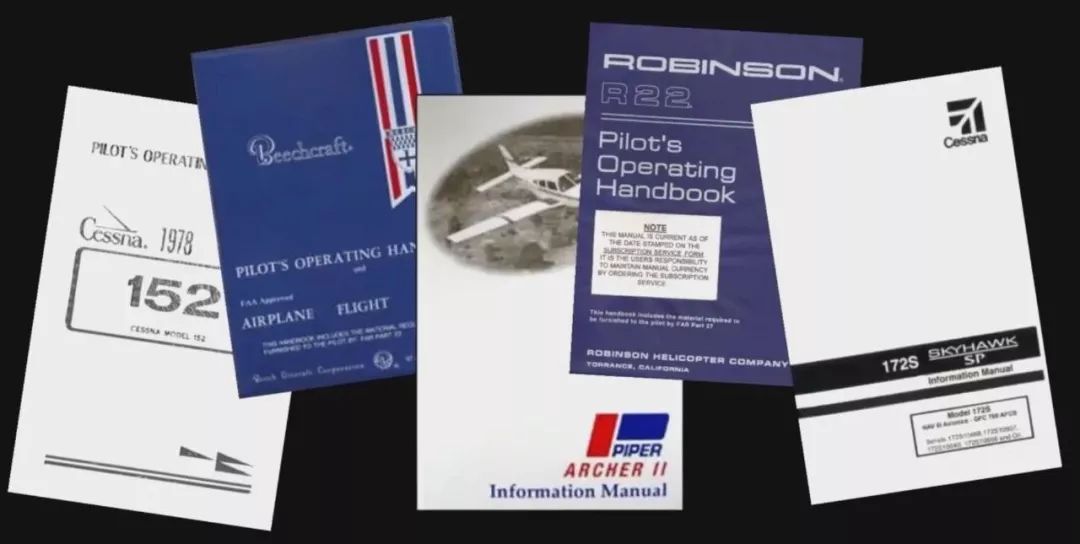
We
provide Cessna172N POH for BUAA pilot students to get familiar with. Download
available on BUAACFC Wechat official
account (send "POH" to get correspond
documents in PDF format.
BUAACFC现提供Cessna172N(1978版)下载
Advisory circulars, (ACs) provide a
single uniform agency-wide system that the FAA uses to deliver advisory material
to FAA customers, industry, the aviation community, and the public.
AC - Advisory Circular 咨询通告
Notices to Airmen
(NOTAM’s)
Notices to airmen, (NOTAM’s), critical aeronautical information, NOTAM’s contained
current notices to airmen, which are considered essential to the safety of flight.
NOTAM - Notice to Airmen 航行人员通告
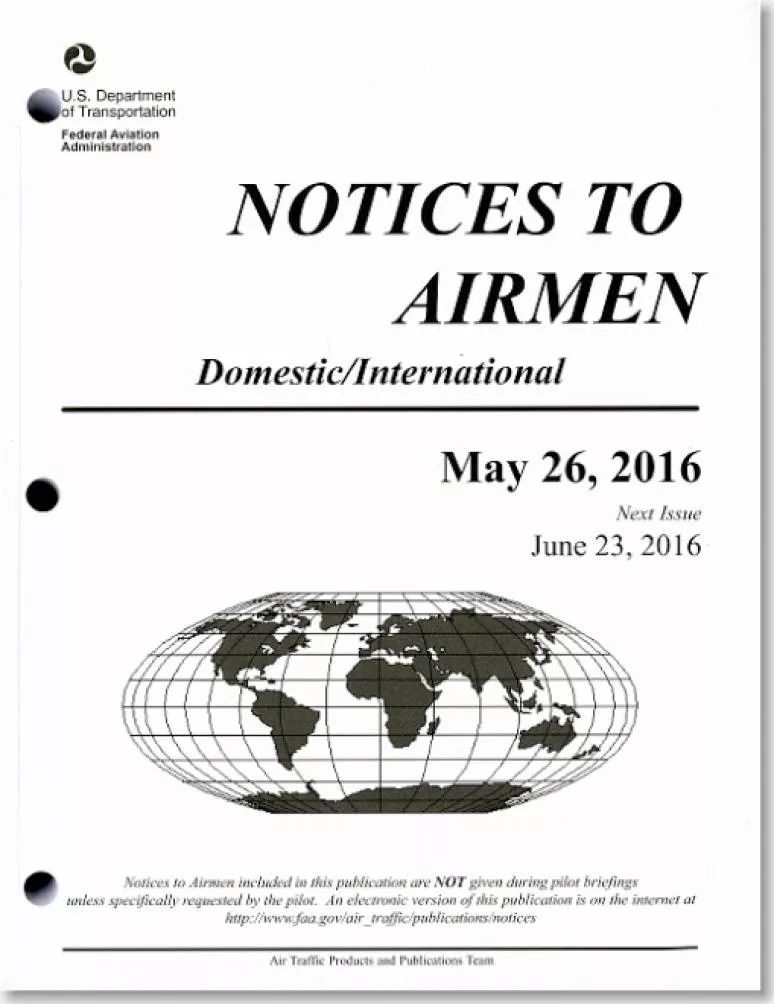
The
FAA approved a new pilot certificate and aircraft category program to allow individuals to join the aviation
community by reducing training requirements that affect the overall cost of learning to fly.
The sport pilot certificate was created for pilots
flying lightweight, simple aircraft and offers limited privileges. The type of intended flying will
influence what type of pilot certificate is required. Eligibility, training, experience, and testing
requirements differ depending on the type of certificates sought.
A private pilot is one who flies for pleasure or
personal business. Passengers may be carried and flight in furtherance of a business is permitted. However,
a private pilot may not be compensated in any way for services as a pilot, although passengers can pay pro
rata shares of flight expenses, such as fuel or rental costs.
A commercial pilot may be compensated for flying.
Training for the certificate focuses on a better understanding of aircraft systems and a higher
standard of airmanship. A commercial airplane pilot must be able to operate a complex airplane and at least
a portion of the practical examination is performed in a complex aircraft.A
complex aircraft must have retractable landing gear, movable flaps, and a controllable pitch.
propeller.

The airline transport pilot is what BUAA Student Pilots are going to be,
who is tested to the highest level of piloting ability. The ATP Certificate is a
prerequisite for acting as a pilot in command of scheduled airline operations. The minimum pilot experience
is fifteen hundred hours of flight time. In addition, the pilot must be at least twenty-three years of
age.
Selection of a flight school is an important consideration in the flight training
process. FAA approved flight schools non-certificated flight schools and independent flight instructors
conduct flight training in the United States following the regulations outlined in either 14
CFR part 141 or 61.
14
CFR part 141. Flight schools are certificated by the FAA. Enrollment in a 14 CFR part 141 flight school
ensures quality and continuity because these facilities must document the training curriculum and have their
flight courses approved by the FAA. These strictures allow fourteen CFR part one forty-one schools to
complete certificates and ratings in fewer flight hours.
A
student pilot is one who is being trained by an instructor pilot for his or her first full certificate and
is permitted to fly alone so low under specific, limited circumstances. Upon request, an FAA authorized
aviation medical examiner (AME) will issue a combined medical certificate and student pilot certificate.
After completion of a physical examination. Student pilot certificates may be issued by an FAA inspector or
an FAA-designated pilot examiner to be eligible for a student pilot certificate.
AME - aviation medical examiner 航空医学体检医生
A
student pilot applicant must be:
-
-
Be able to
read, write, speak and understand English.
-
Hold a
current third-class medical certificate.
Once the student pilot has shown proficiency in the required knowledge areas,
flight maneuvers and accrued the required amount of flight hours.
The
certified flight instructor (CFI) endorses the student pilot logbook, which allows the student pilot to take
the written and practical exams for pilot certification.
The
knowledge test is the computer portion of the exams taken to obtain pilot certification. The FAA has
hundreds of designated computer testing centers worldwide. each applicant must register to take the test and
provide proper identification and authorization, proving eligibility to take a particular FAA test.
Upon completion of the knowledge test, the applicant receives an airman
Knowledge test report that reflects the score and is embossed with the testing centers seals to pass a
minimum score of seventy must be attained. The FAA has developed practical test standards (PTS)for FAA pilot
certificates and associated ratings.
The
flight proficiency maneuvers listed in 14 CFR part 61 is the standard skill requirements for certification.
They are outlined in the PTS as areas of operation. The candidate is required to demonstrate knowledge and
proficiency in all tasks for the original issuance of all pilot certificates. since the FAA requires all
practical tests to be conducted in accordance with the appropriate PTS. The pilot applicant should become
familiar with this book during training, descriptions of tasks and information on how to perform maneuvers
and procedures are contained in reference and teaching documents such as this handbook. The CFI best
determines when an applicant is qualified for the practical test.
There are many different levels of aviation interest from recreational and private
pilots to commercial, airline transport pilots.Wherever your interests lie, there is one thing that
all pilots have in common, and that is the fact that we all continually trained hone our flight skills
to be safer and more effective behind the controls. This is the first post of PHAK Online
Course Series. We hope you will learn something from PHAK Online Courses.
文章到此结束
完成PHAK第1章的学习后
这些缩写你掌握了吗?
快来自我检测一下吧~
(建议横屏观看)
Civil Aeronautics Authority
Federal Aviation Administration
Department of Transportation
Professional Air Traffic Controllers Organization
Code of Federal Regulations
Certificated Flight Instructor
Designated Pilot Examiner
Airman Certification Standards
Federal Aviation Administration
National Transportation Safety Board
Department of Homeland Security
Flight Standards District Office
Aviation Safety Inspector
Aeronautical Information Manual
Government Printing Office
Pilot Operating Handbooks
Airport/Facility Directory
Direct User Access Terminal Service
universal time coordinated
Standard Terminal Arrivals
Standard Instrument Approach Procedures
Safety Program Airmen Notification System
Airmen's Information System
instrument meteorological conditions
aeronautical decision-making
Automatic Terminal information Service
Temporary flight restrictions
Airman Certification Representative
Global Positioning System
[1]Flying
Machine,http://www.leonardo-da-vinci.net/flying-machine/
[2]Pilot’s Handbook
of Aeronautical Knowledge,https://www.faa.gov/regulations_policies/handbooks_manuals/aviation/phak
[3]Kite types-
Wikipedia,en.wikipedia.org/wiki/Kite_types
[4]Aie Commerce
Act,https://www.politico.com/story/2013/05/this-day-in-politics-091600
[5]14 CFR Part 60 - FLIGHT SIMULATION
TRAINING DEVICE INITIAL AND CONTINUING QUALIFICATION AND
USE,https://www.law.cornell.edu/cfr/text/14/part-60
All glossary
definitions and translations quote from CADICT.NET
· END ·







